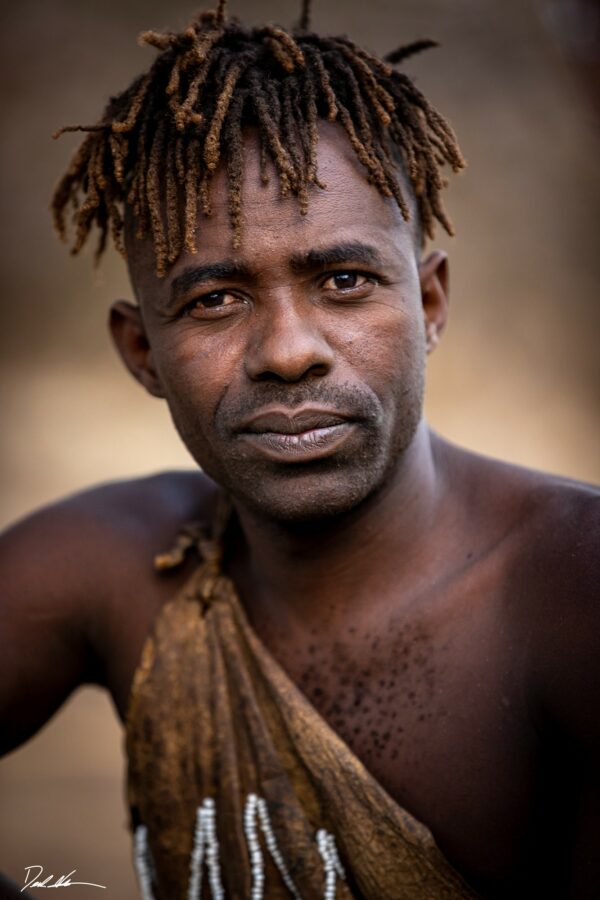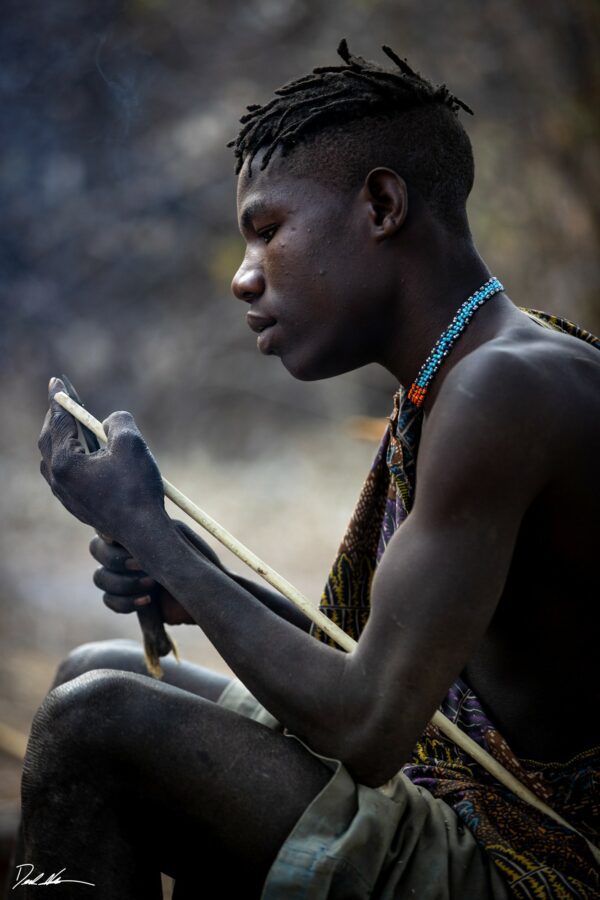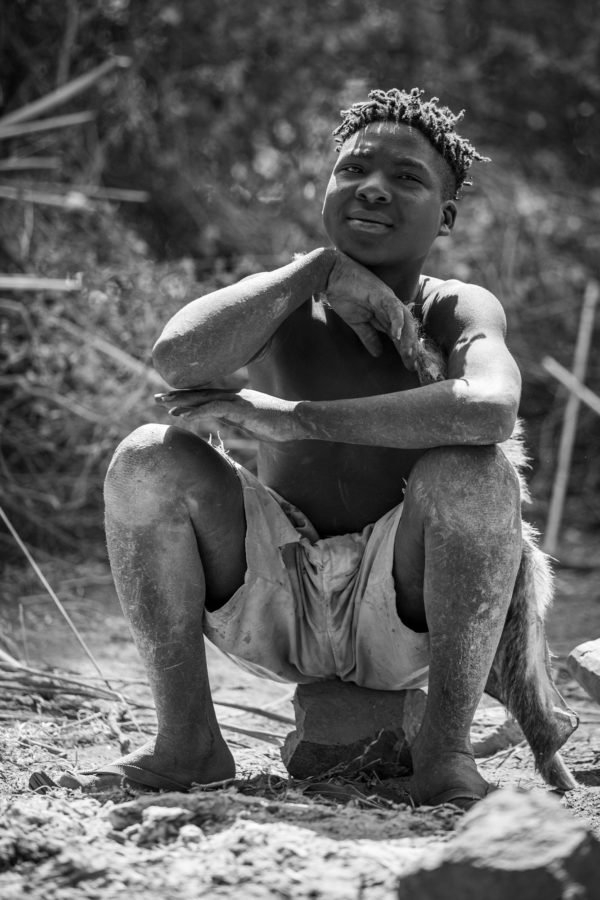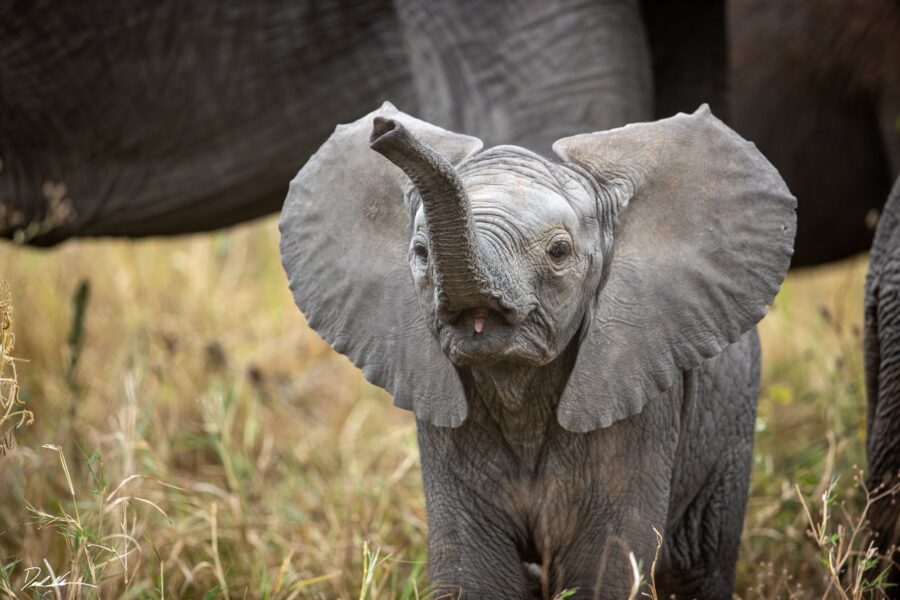
So, what makes a perfect safari? I didn’t know either before this last adventure, despite having been once before. I had an expectation of what I was going to see and what the overall experience would be like, but nothing could have set me up for what was to come.
I have come to find that on each trip I take, a little of me is left behind. I often see things that break my heart. Things that make me want to get more involved in conservation or social issues. I’m often left in a complitative fog for a week after returning to “normal” society. At the same time, I am filled with gratitude, empathy, love, and joy. This combination makes travel addictive and exciting- like a nervous first date or the feeling you get after getting rocked by a rollercoaster only to get right back in line and do it again.
Perfection is a myth. It’s something we like to believe in but aren’t even sure what it looks like. I’m not sure if we achieved perfection on this trip, but it definitely set a new bar. These five tips will help make sure you have a great time, get out of your comfort zone, and bring home more memories (and photographs) than you ever thought was possible on your next safari.
The Perfect Safari Must Be Safe
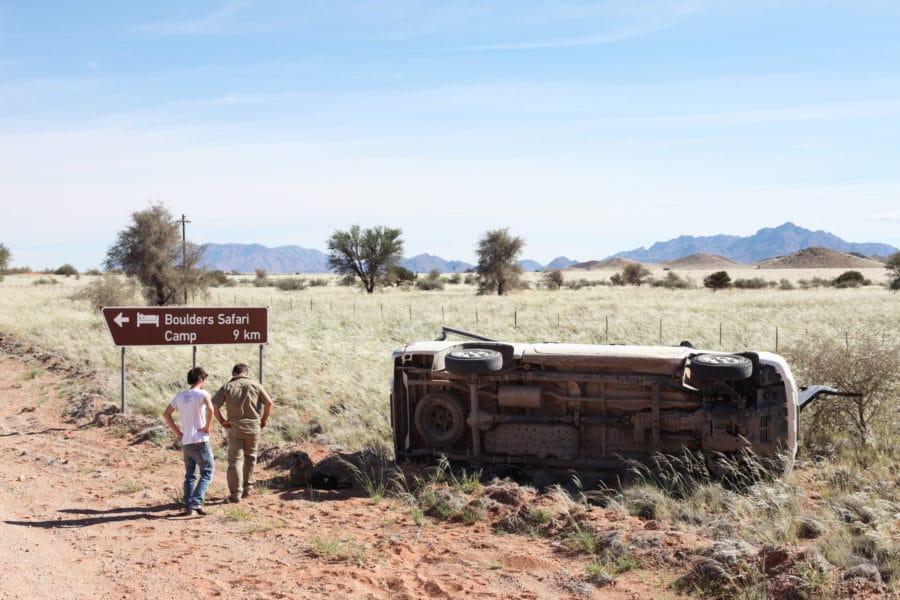
The number one thing you should do on safari is stay safe. Here are some tips to help keep you alive. Remember, these are wild animals.
- Stay in your vehicle. Animals are not known to attack vehicles or the passengers inside. Only on rare occasions with neglectful guides will an animal attack a vehicle.
- Get out only when everyone else does. If you have to “check the tire” (go to the bathroom), make sure you do so in a provided area or under the watch of your skilled guide.
- Don’t eat food around predators. Your food may smell like a delicious snack to a hungry animal.
- If you are on a walking safari or encounter an animal near your lodge, do not run! Predators will see this as a sign of weakness and could provoke an attack. Remain calm. Make yourself large, and don’t turn your back on the animal. If you are with a group of people, make sure you stay together. There is strength in numbers.
- Look for signs of an agitated animal. All animals around the world display similar signs when agitated. Hair up on the neck, low head posture, chomping of the teeth, kicking of dust. If you see any of these signs, it is best to leave the scene before an attack.
I am starting with this because attacks happen. On my last trip, I learned of a couple whose Jeep was almost flipped upside down by an agitated elephant I had met just days earlier. Luckily, they survived, but the woman told me how traumatic the whole experience was. People do die on safari, but it is very rare if everyone is acting responsibly.
Open your heart first, then continue.
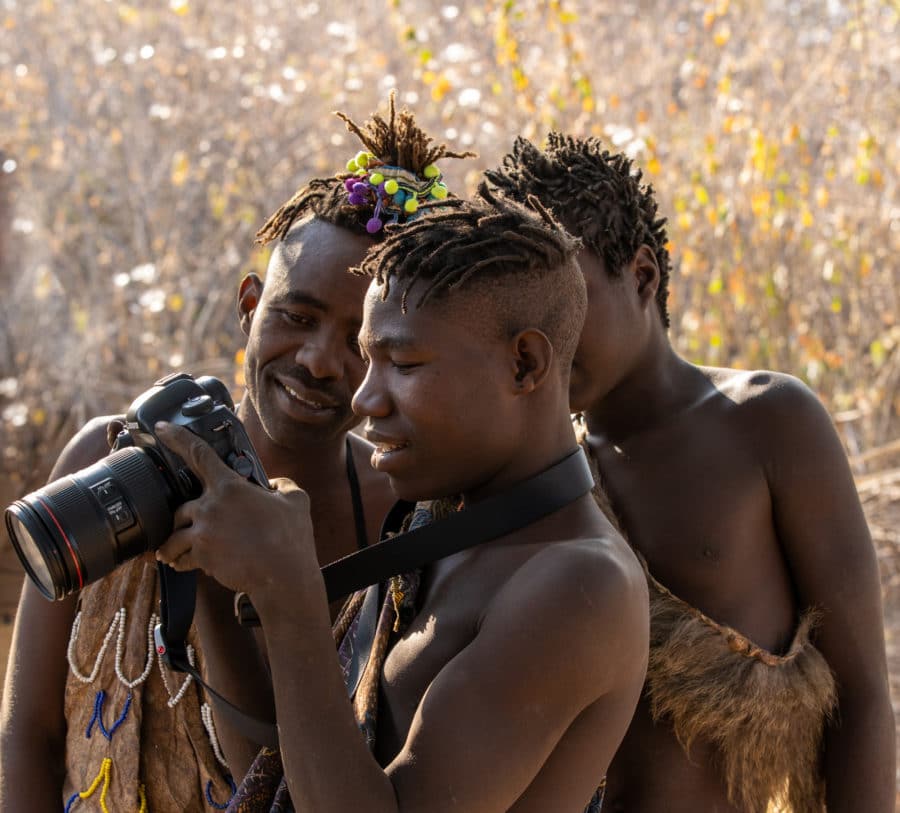
This is a deep one. What does that even mean? I’m going to tell you a story and, inside that story, a valuable lesson I have learned. After a few successful days of nature photography out on safari, our group wanted to take a break. We wanted to have a few cultural experiences while in Tanzania. This is a good way to break up wildlife watching. I love animals as much as anyone, but doing it day after day can get exhausting. Take the opportunity to learn something new while recharging your batteries. Figuratively and literally.
Our guide, Steven (more on him later), organized a day visiting two local tribes. After a relatively short morning drive, we arrived at the Hadzabe Tribe, our first tribe of the day. This tribe in total has about 300-400 members living nomadically, and we visited a group of 20-30 men and women scattered around Lake Eyasi in the Karatu District of Tanzania. Here, I learned a valuable lesson.
Upon arrival, I was so excited to change my skill set from photographing nature to photographing people that I forgot how to approach this new situation. A group of men was sitting around a slow-burning fire, observing us as our small group of four approached. The two women in our group made themselves comfortable sitting beside the men and introducing themselves. Each took an interest in what the men were doing. I could not understand the words they spoke, having no clue what the “click-language” response was. It didn’t matter. A human exchange was happening. I, on the other hand, came in with two cameras blazing, photographing every moment without using the basic manners instilled in me by my parents.
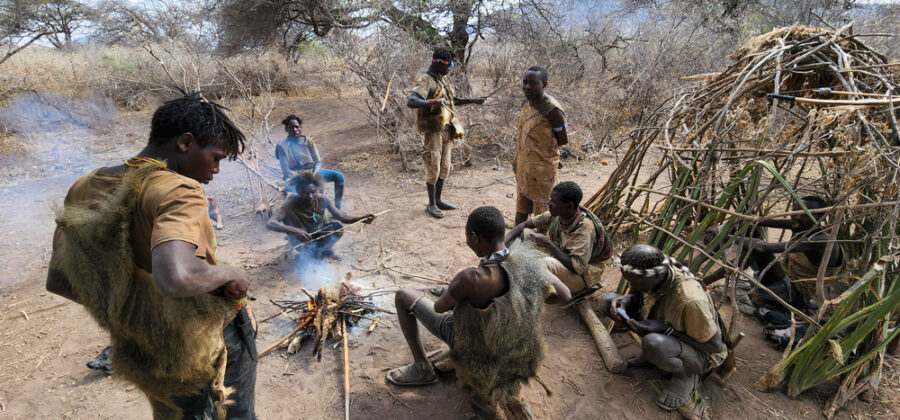
I could feel the unwelcome stare and displeasure of my presence. It hit me like a punch in the gut. I set both cameras down and filled an empty spot along with the fire. Licking my wounds like a scolded dog, I tried to find a way to be accepted by the men. After a few awkward minutes, one of the men lit a pipe and began to pass it around the fire. BOOM! I was told it was a mixture of tobacco and a green happy plant, so I figured there was no problem. I can do that! It was passed to me. Graciously, I took a puff. As I exhaled, I could see the smiles forming on the faces that once looked through me. A few more minutes passed when a bird flew over. Two men quickly stood up and grabbed their bows and arrows. With one shot, a small bird fell from the tree. It was very dead. One of the men handed it to one of our ladies and asked her to pull out some of the feathers before it would be placed on the coals of the fire to cook.
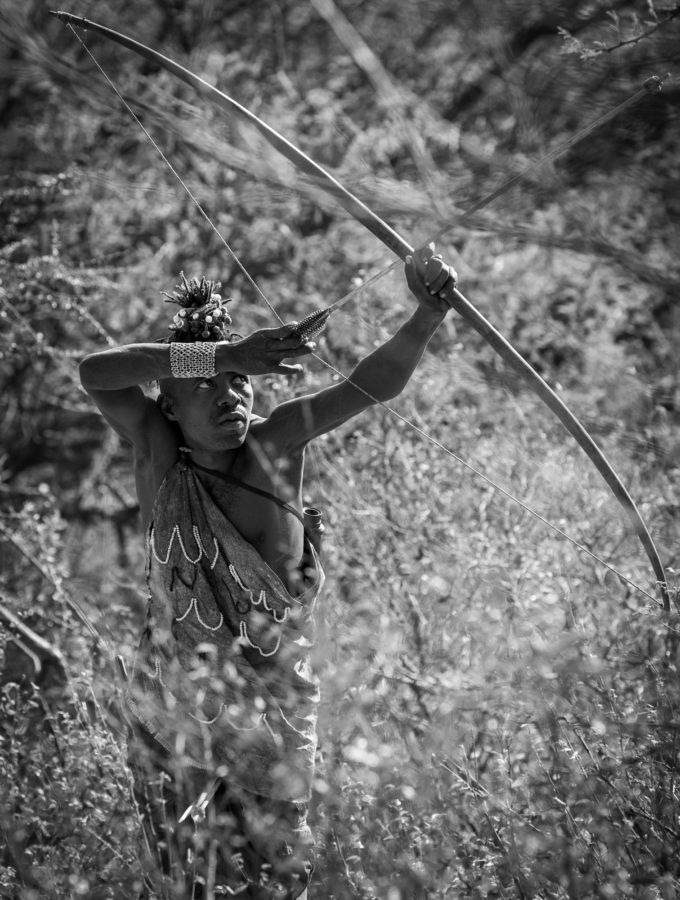
She was as uncomfortable pulling out the feathers as I was, wondering what would happen next. If you have spent any time around tribal or masculine cultures, typically, the male guest of a group or couple is offered something special as a kind gesture by the host. I watched this little bird cook! Turning black on the glowing coals. My mind was racing already. If I eat this…what could it be carrying? Could I die from some unknown bushmeat parasite? Could this be the next Covid-19? Bird Flu? Whatever. The hunter who shot the bird reached in, pulled off the head, and offered it to me. I looked at Steven and our translator, both shaking their heads no. So I refused. Again, it was not a great move socially, but this one made sense.
A few minutes later, another bird, another kill, another cooking on the fire. This time, I was sitting next to the chief of the tribe. I watched this bird with intent now. If it cooked long enough that I could ensure everything living inside it was dead, I was going to accept his offering. Sure enough, he reached in, took the head off, and offered it to me. Beak, eyes, feathers, brain, and all. I ate it, much to my friend’s dismay. I won’t go into the description, but yes it did taste like chicken. Immediately, I was a part of the group. Actually, I ate another one moments later. Now, I don’t recommend eating bird heads or other wild animals for many reasons, but there is a time and a place for most things. After “lunch,” I grabbed my camera, and the rest is history. Joining in this experience enabled me to be welcomed by the group, an important step when meeting strangers in general, let alone a nomadic tribe in Africa.
Step out of your comfort zone. What is the worst that can happen? Open your heart first, then continue.
Choose a reputable safari company.
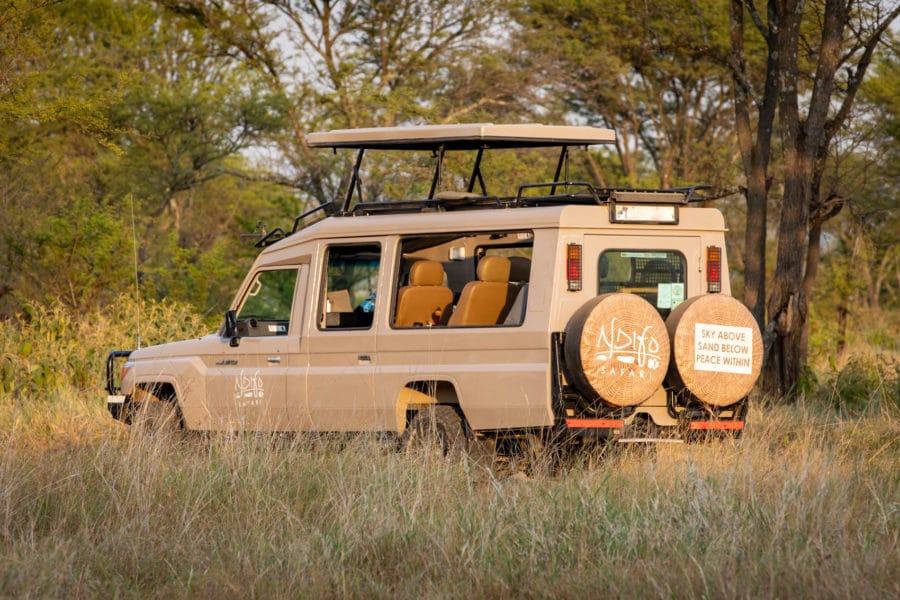
This may seem like a no-brainer, but you would be surprised. Ask your travel agent or safari company directly some serious questions:
– How long has your guide been working as a guide? They don’t need to be the most senior guide, but spending time in the field learning is crucial. Spotting wildlife is a skill- spotting wildlife while driving safely is another thing. We were all blown away by Steven’s ability to do both. I have spent time with a few wildlife guides now across the globe, and the good ones will always see more animals than you will. Beyond that, your guide is responsible for your life. Find one with an understanding of what to do in all situations out in the wild.
– Ask how old the vehicle is. When was the last service? Ask to see maintenance records if you want. I cannot tell you how many broken-down vehicles we passed while out on our game drives or passing between parks. Breakdowns are going to happen. Tires will pop. At least set yourself up for the best possible trip with a vehicle that is in good shape before you hit the road. Many of the vehicles we passed broke down and looked like it was only a matter of time, based on the vehicle’s overall appearance.
– Does your guide and company follow ethical wildlife-watching practices? There is an unwritten code of conduct while on safari. The animals come first. We are there to observe and absolutely not there to interact. You do not want a guide whistling at animals to get their attention or getting too close and disturbing them. There is also an unwritten code of conduct between the drivers. You don’t want your driver blocking another jeep who was there first at a wildlife sighting just so you can get a shot. It’s a first-come-first-serve environment. We all need to be patient and wait our turn.
Meet Steven Ngowi – This is what a qualified guide looks like. He is professional and patient and puts his guest’s experience first but not before safety. I have used other guides around the world. I have seen great ones and terrible ones. They can make or break your experience. Check out his website if you’re interested in finding out more.
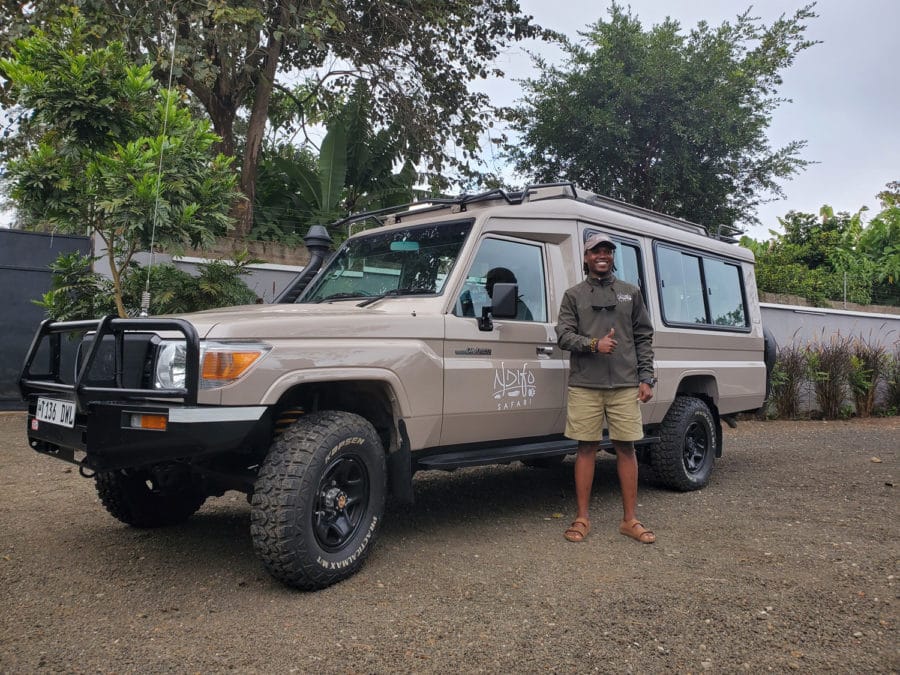
The official start of Steve’s professional career as a safari guide began when he completed guide school in Arusha, internships, and training with Tanapa in Central Serengeti and Asilia, Africa. However, it truly began more than 20 years ago while guiding British photographers and sharing cultures for the first time with his grandfather.
He has been in training to be a safari guide for his entire life.
During his formal career, Steve is one of the few guides who achieved the walking guide qualification with Asilia Africa, which requires at least 18 months of specialized training in the use of firearms and over 120 hours of experience in the field. Having a qualified safari walking guide adds something extra to the experience for his guests.
He worked in
Five Star camps
1.Sayari camp
2.Jabali ridge
3.Namiri plains
4.Roho ya Selous
Tented camps
1.Olakira migration camp
2.Kimondo migration camp
3.Dunia
4.Big Oliver’s & little Oliver’s camp
Bring the right gear.
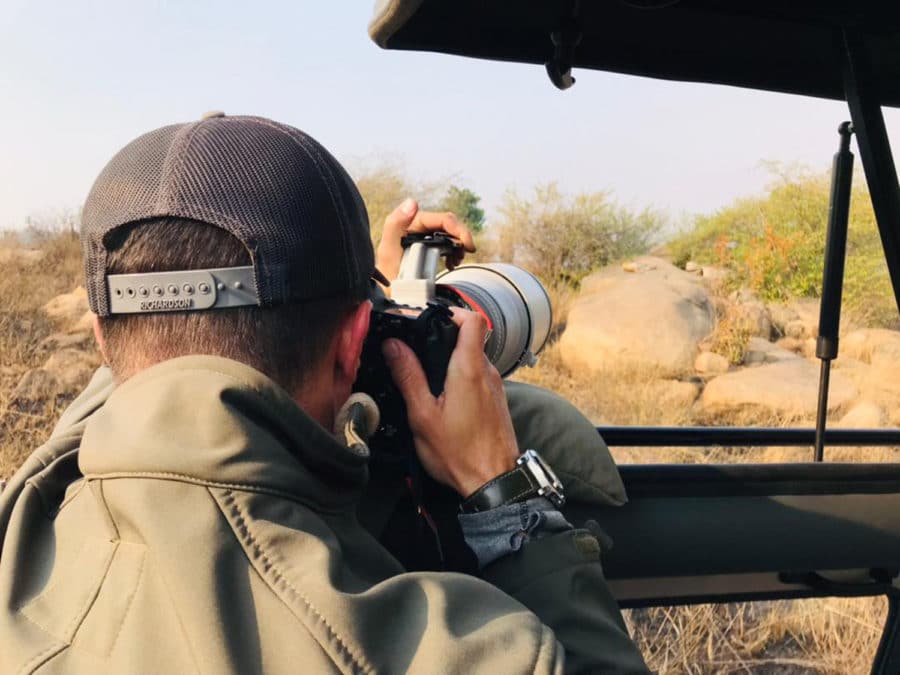
Going on safari can be a very different experience depending on the time of year. Research what the climate will be like during your stay.
Wet Season On Safari
Clothing – During the wet season, it’s best to bring quick-dry clothing instead of cotton. The bugs can be particularly annoying this time of year as well, so look into bug-repellent clothing. A few companies make screen shirts to wear that allow air to flow through, keeping you cool but keeping the bugs off. Pack an extra pair of socks. It may be a long time before you return to camp. If your feet get soaked in the morning, it would be a long day with gross wet socks.
Camera Equipment – Outside of having a decent camera, extra batteries, and a few lenses, having a few important accessories during the wet season can go a long way. Bring extra lens cleaning cloths for wiping off moisture. Lenscoat is a company that makes easy-to-use camera coverings to protect your gear while still getting great shots in the rain.
Dry Season On Safari
Clothing – The dry season has its own challenges. Bring layers of clothing. Morning can start out really cool before the sun has a chance to warm up the earth. Be prepared to get up early if you want to see wildlife. Everything is active during the morning. By midday, the sun can be unforgiving. Light, loose clothing is best. Bring sunscreen! Even in a vehicle, the sun makes its way in. If traveling in an open jeep, not having sun protection could make your trip a nightmare.
Camera Equipment – For the dry season, the biggest factor you will be dealing with as a photographer is dust. Dust gets everywhere. Having two camera bodies is a good idea anyway in case one fails, but not having to change lenses in a dusty jeep is a huge advantage. I bring a whole lens cleaning kit and use it not only throughout the day but also at night while back in my room. Keeping clean glass can truly make your images stand out.
Spend quality time with the animals.
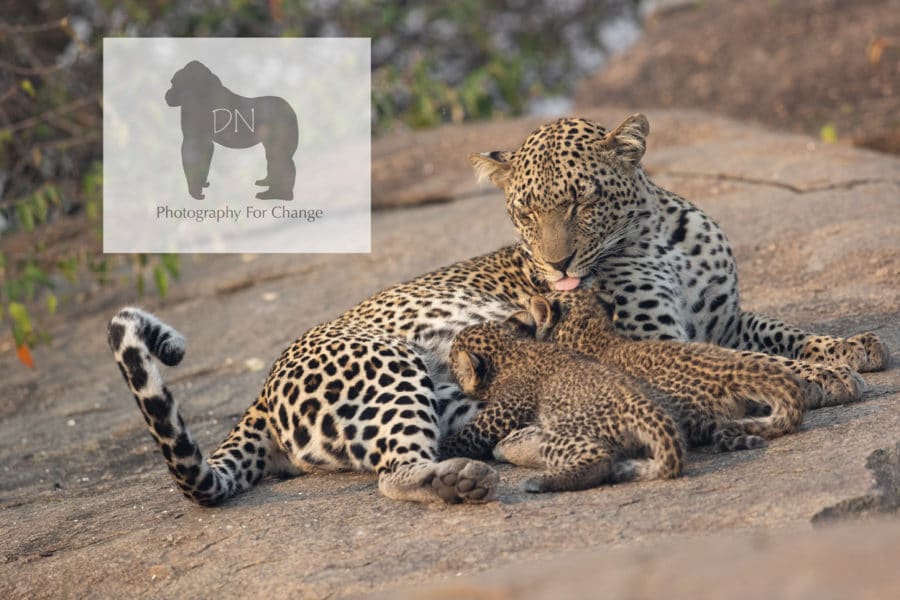
Leopard With Cubs In Serengeti
Too often, out on safari, people rush to see animal after animal without observing their real behaviors. Just this last trip, while photographing a female leopard, I saw two safari jeeps show up, take a few dozen photos, and then drive off looking for more. Moments after they left, we discovered that the female leopard was actually a mother of two cubs. She made a particular sound, and then, to my absolute excitement out came two one-month-old cubs to play and nurse. I spent over an hour with these beautiful animals, filling up my memory card with incredible photos and my heart with memories.
Wild animals don’t live on a schedule. When you do come across a family of elephants or a pride of lions, stick with them. Watch the magic happen. This is exactly what you came for. No zoo will ever be able to replicate the experience you get out in the wild.
Is there such a thing as the perfect safari?
In a way, they all can be perfect if you prepare yourself. Each safari is going to offer a different experience because we are dealing with wild animals. Going on a safari can be one of the most incredible experiences of your life. Pure emotion can pour out of you, seeing these animals walk freely in their natural environments for the first time. Use these four tips to help you make the most out of your trip. Be patient. Be open. Be ready for more stories than your friends back home will be able to handle.
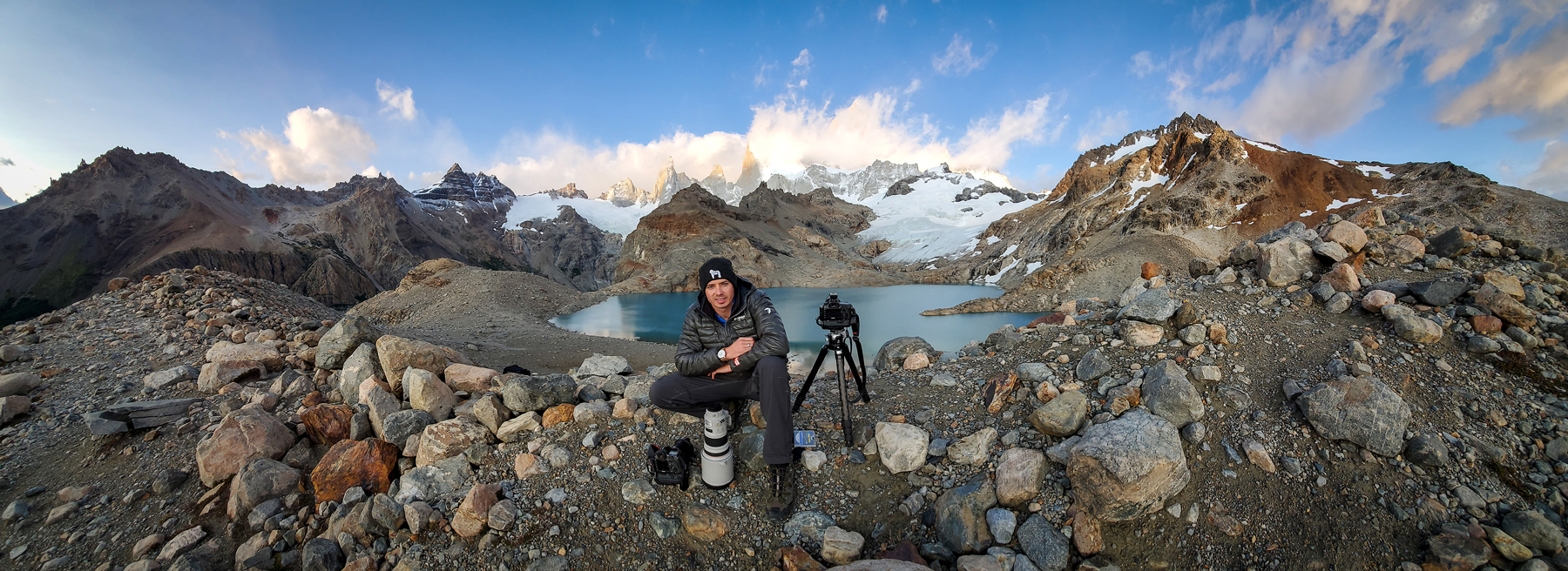
Hello! I'm Derek.
DEREK NIELSEN PHOTOGRAPHY RAISES AWARENESS ABOUT THE GLOBAL NEED FOR CONSERVATION THROUGH PHOTOGRAPHY AND DONATES UP TO 15% OF ALL SALES BACK TO ENVIRONMENTAL ORGANIZATIONS AROUND THE WORLD.

